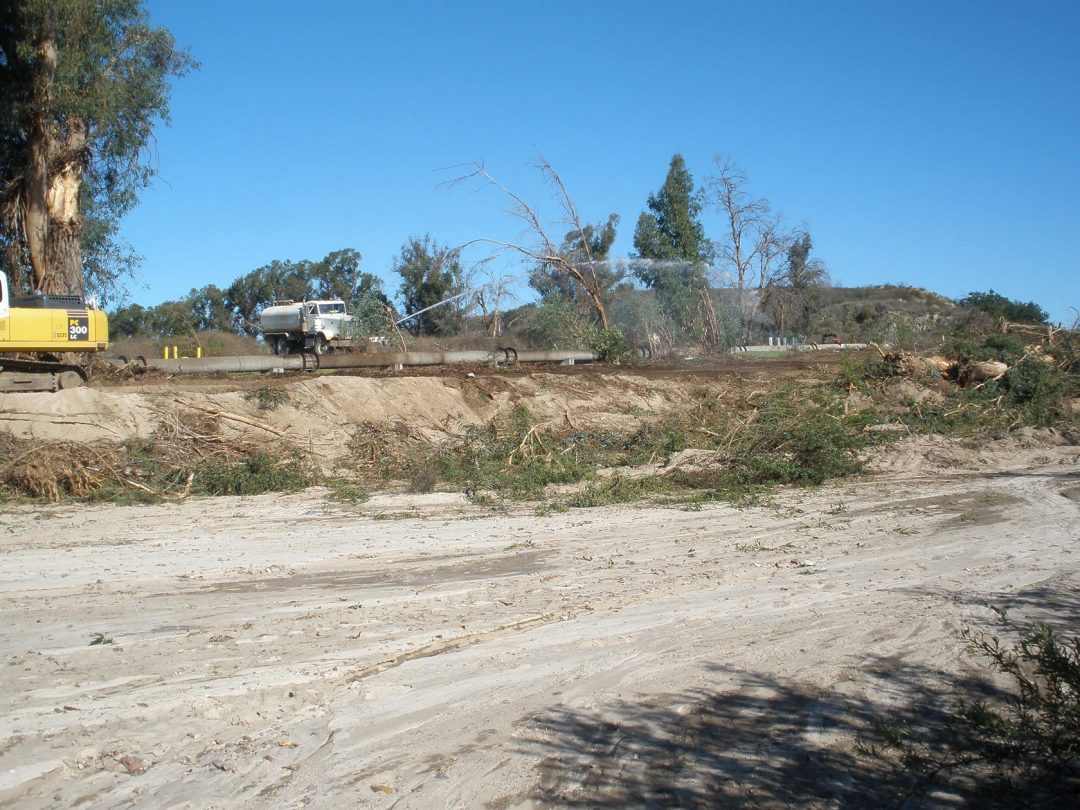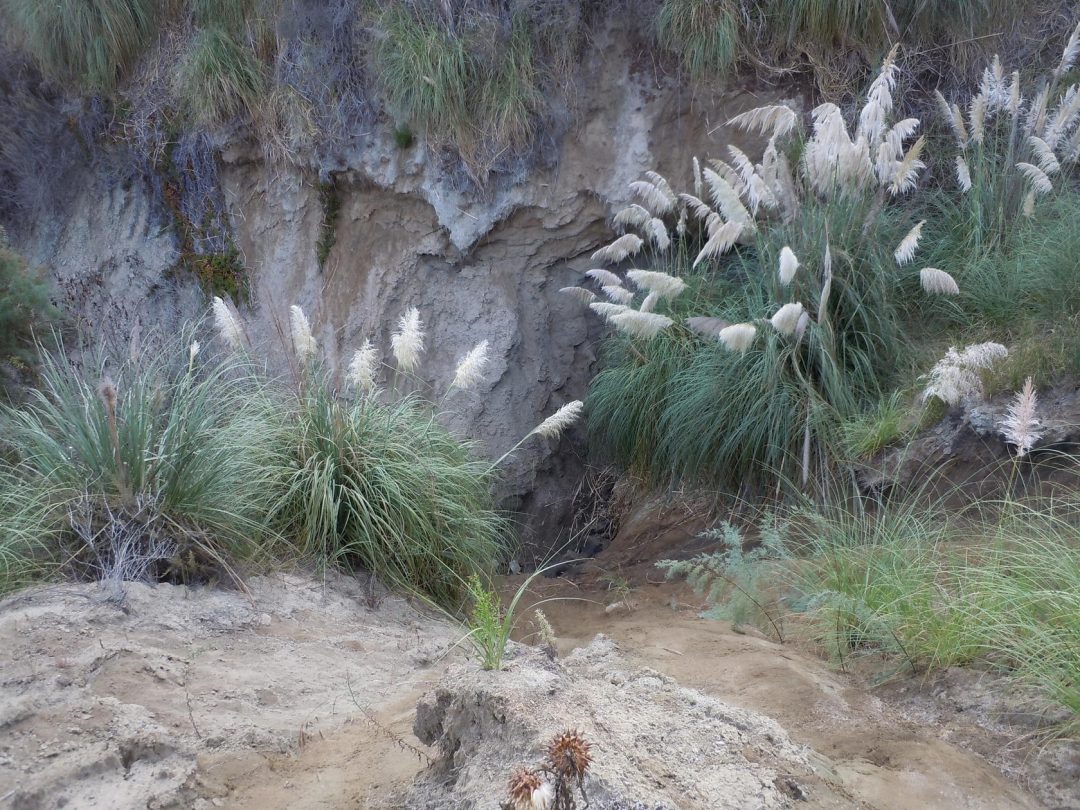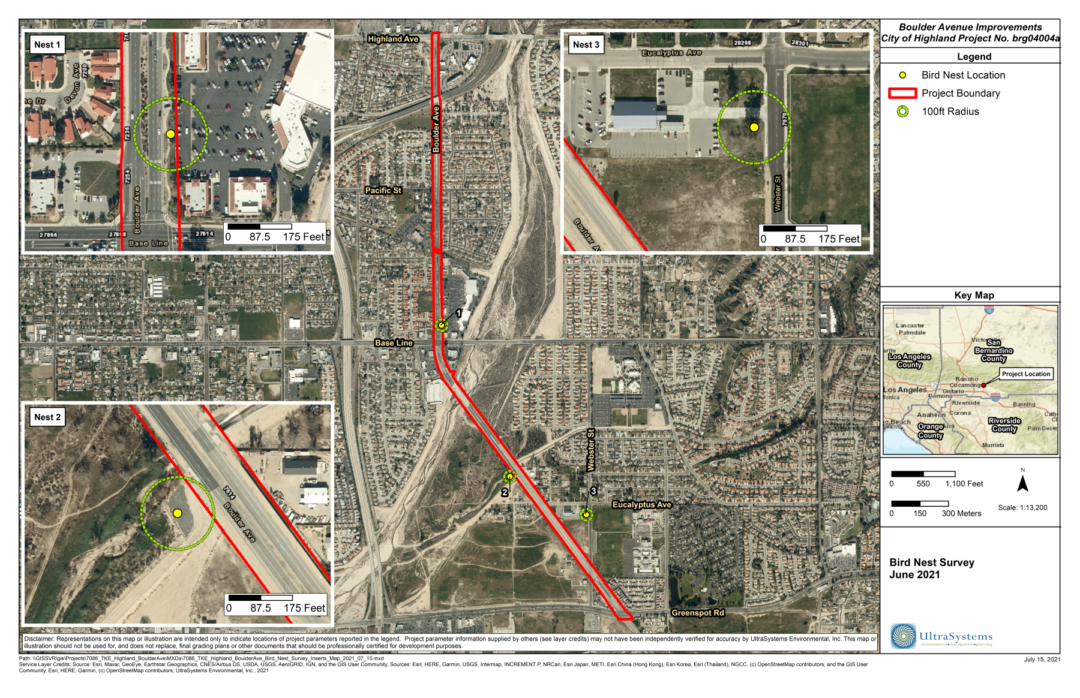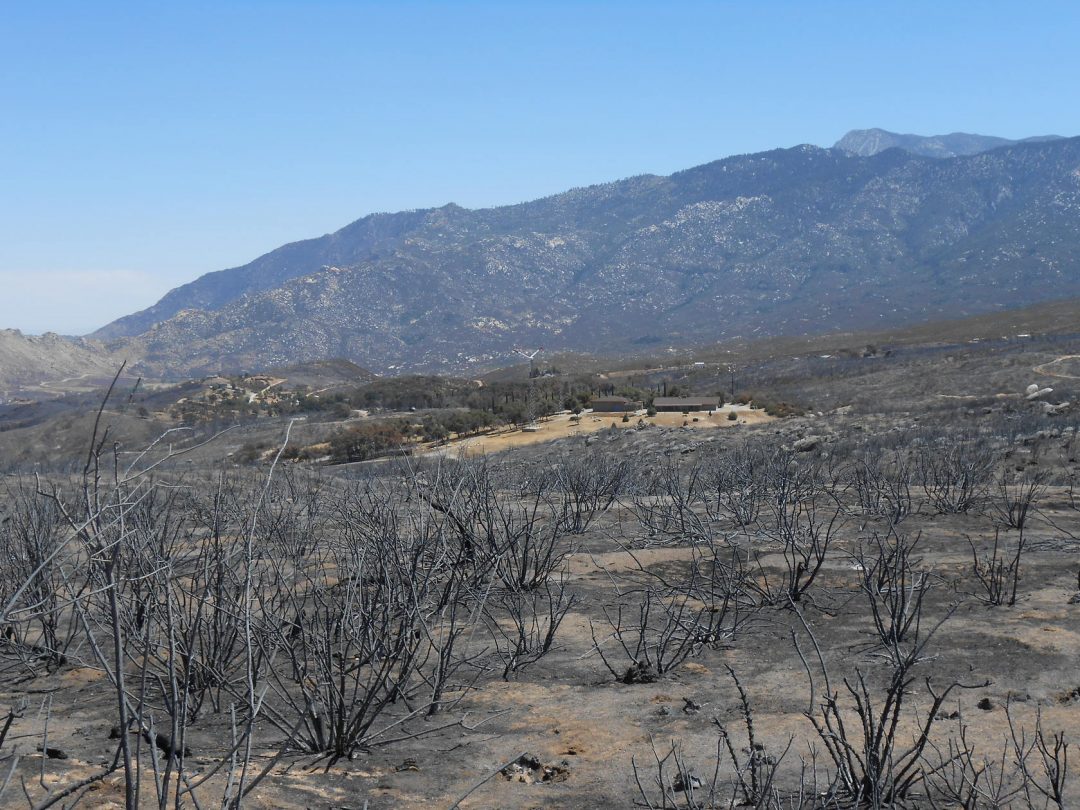OC Loop Segments O, P, and Q Project
Orange County is processing a request to implement a series of discretionary actions that would allow for the development of a 2.7-mile Class I Bikeway component of a larger 66-mile regional bikeway corridor called the OC Loop. The proposed project would consist of a paved 2.7-mile Class I Bikeway component of the larger OC Loop. This section of the OC Loop would be broken into three segments, OC Loop Segments O, P, and Q. OC Loop Segment O would be 1.1 miles long and extends from Coyote Creek North Fork to Artesia Boulevard. OC Loop Segment P would be 0.6 miles long and extends from Artesia Boulevard to Knott Avenue. OC Loop Segment Q would be 1 mile long and extends from Knott Avenue to Malvern Avenue. OC Loop Segments O, P, and Q will become part of the Coyote Creek Bikeway.
UltraSystems prepared CEQA and NEPA documentation for the project, including an Initial Study/Mitigated Negative Declaration (IS/MND) which will examine all elements and potential environmental impacts, in accordance with the California Environmental Quality Act (CEQA), regarding the development of a regional bikeway corridor, as follows: OC Loop Segments O, P, and Q (proposed project) would be constructed beginning at the existing Coyote Creek Bikeway (in the cities of Cerritos and La Palma) where the flood channel divides into north and east forks and would traverse 2.7 miles, connecting to another portion of the Coyote Creek Bikeway at La Mirada Boulevard/Malvern Avenue in the cities of Buena Park and La Mirada. The County of Orange, OC Public Works is the Lead Agency for CEQA, and Caltrans will be the lead agency for NEPA; therefore, all technical studies prepared were to Caltrans Standard Environmental Reference (SER) requirements. UltraSystems staff worked with County of Orange staff to draft a public review version of the IS/MND. The IS/MND was circulated for a 32-day public review period from November 13, 2020 to December 15, 2020, As a result of separate permit consultations with USACE, UPRR and BNSF Railroad, limited project change alternatives were proposed after the initial IS/MND was circulated for public review. County of Orange staff decided that additional analysis was warranted for four specific crossing locations, resulting in preparation of a Recirculated IS/MND, in accordance with State CEQA Guidelines § 15073.5. The IS/MND was re-circulated for public review for a 32-day review period from August 13, 2021 to September 13, 2021. UltraSystems coordinated with the County to update and re-circulate the IS/MND for the project under CEQA. Additionally, UltraSystems staff coordinated with staff at the County and Caltrans to update the NEPA documentation for the project. UltraSystems worked with subconsultants and the County to prepare documentation for Caltrans in order to obtain NEPA revalidation for the project. The project went to the County of Orange for approval in late October 2021, where the environmental documentation was certified by the County.
UltraSystems’ role has been to facilitate project compliance with the various regulatory permit terms and conditions set forth by Caltrans. This includes working with Caltrans and County staff to hold meetings about the project and to coordinate regarding updates to NEPA documentation as a result of project changes. Problems encountered during this project included project updates from County staff to meet demands of the railroad agencies involved in the project. As a result of separate permit consultations with USACE, UPRR and BNSF Railroad, the CEQA document needed to be re-circulated and the NEPA document needed to be re-assessed. The project required close coordination with the County of Orange staff, Caltrans staff and subconsultants to revise and update project documents under a tight funding deadline, which UltraSystems was able to meet due to continuous direct communication and coordination with multiple parties.










